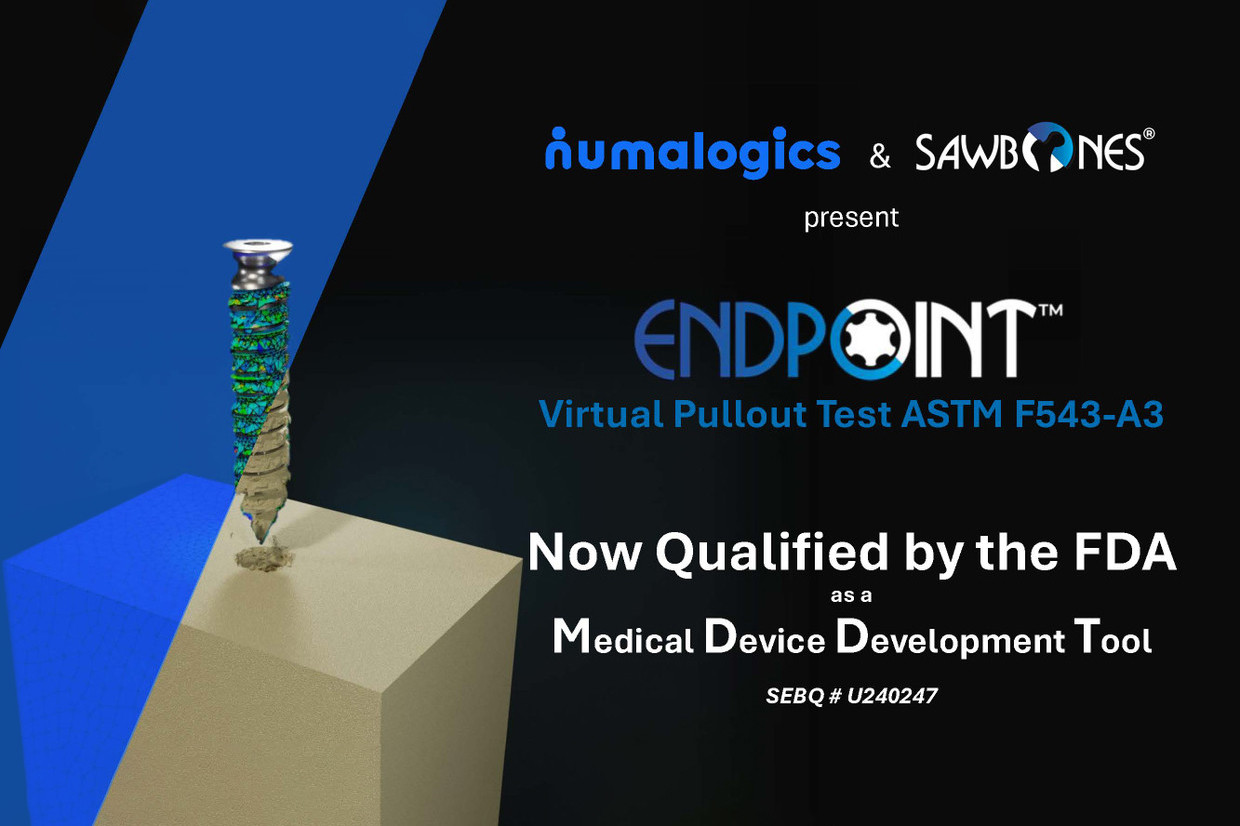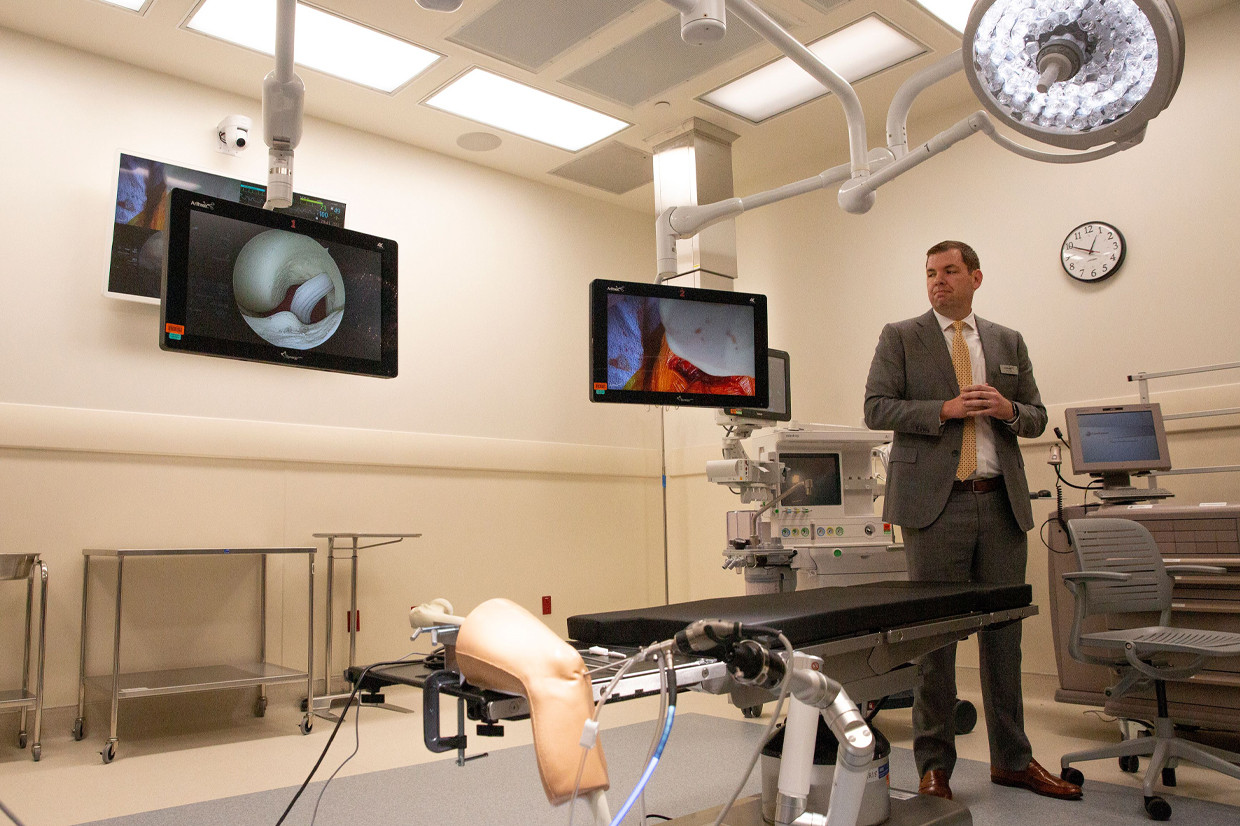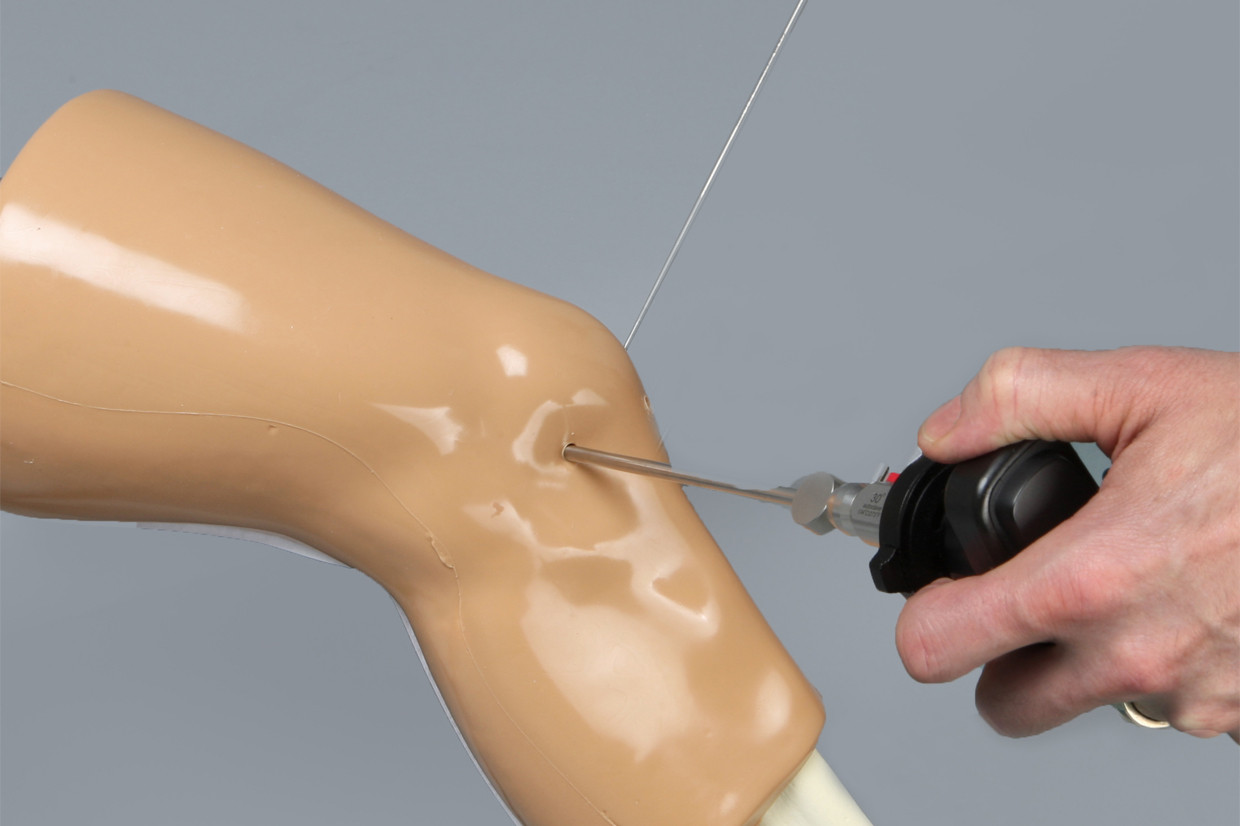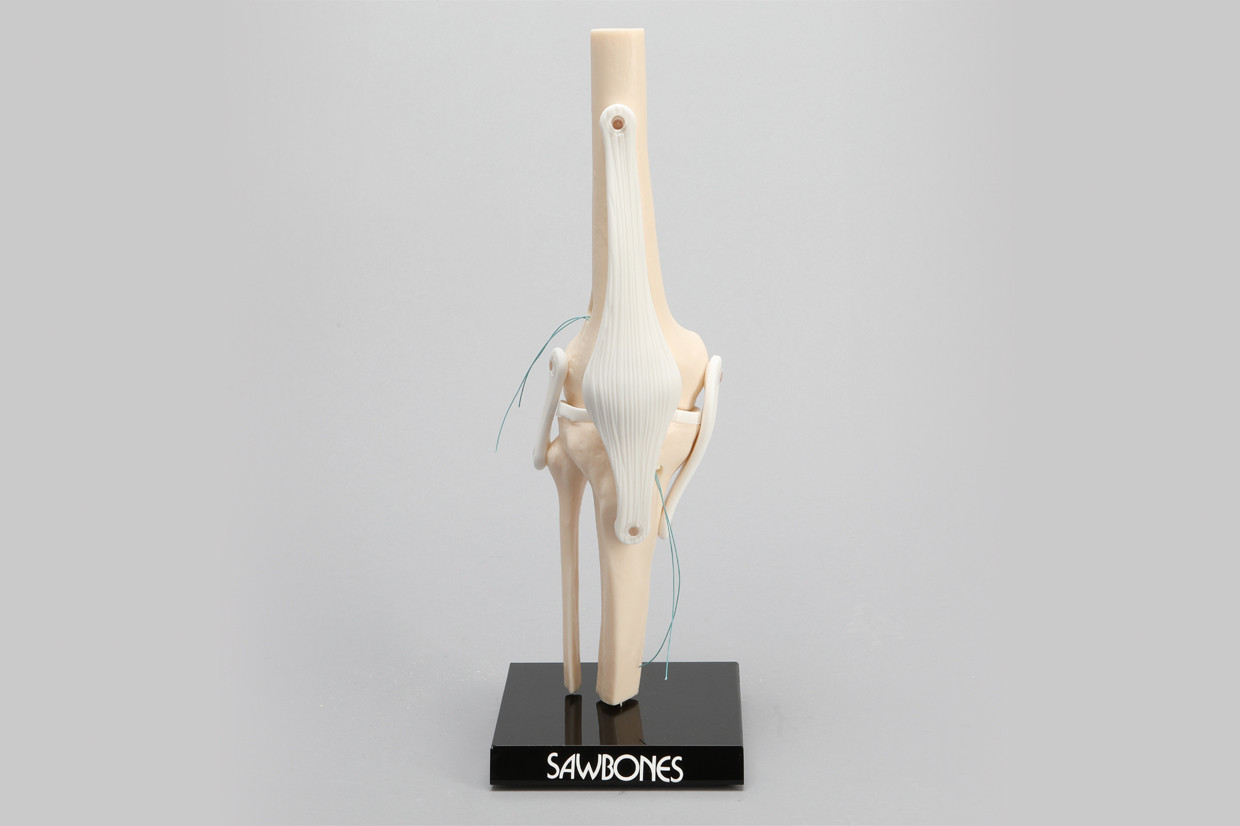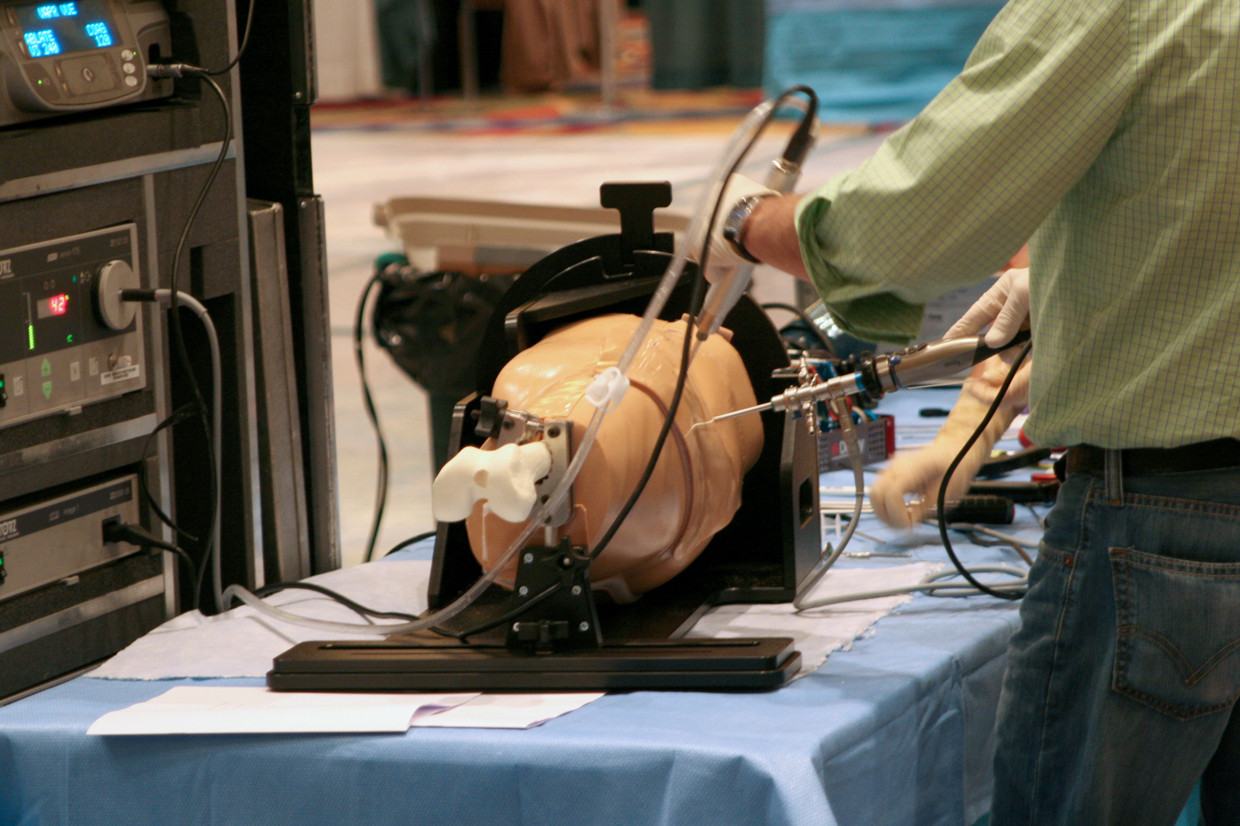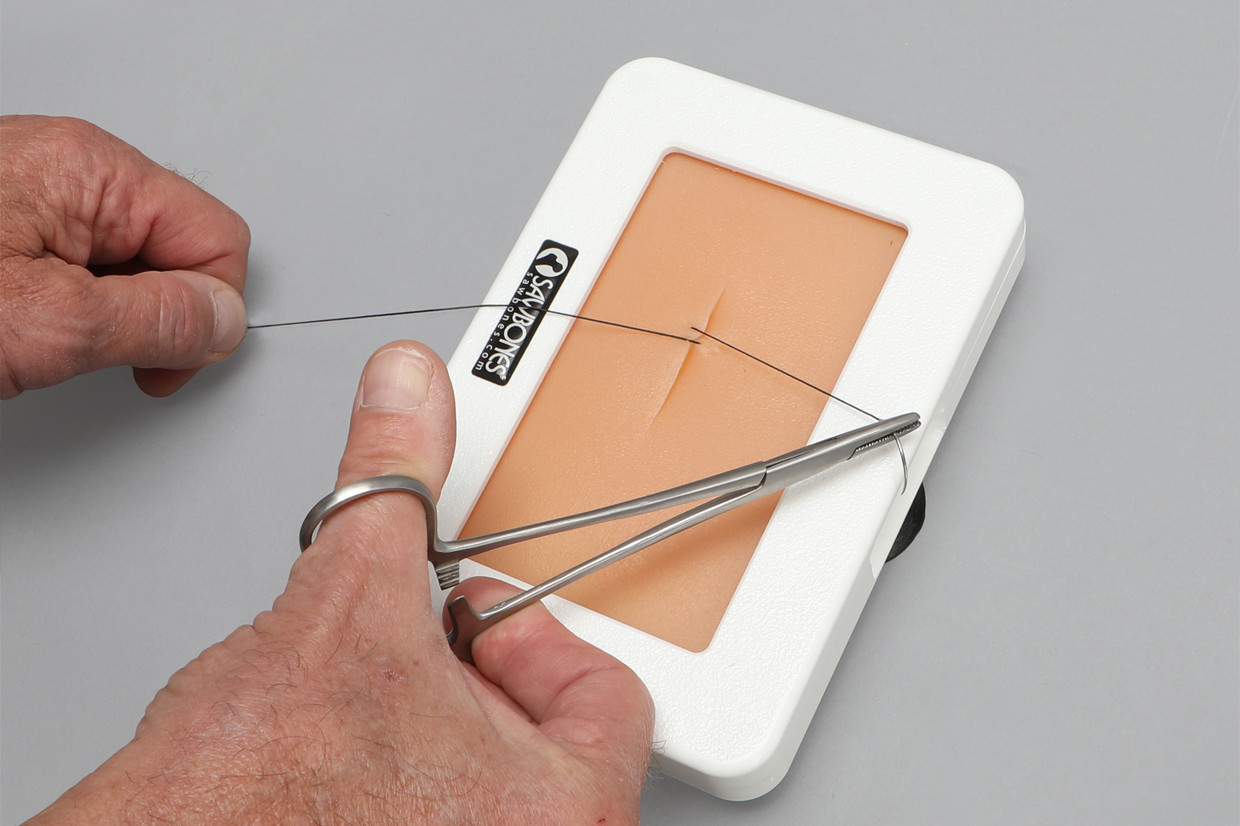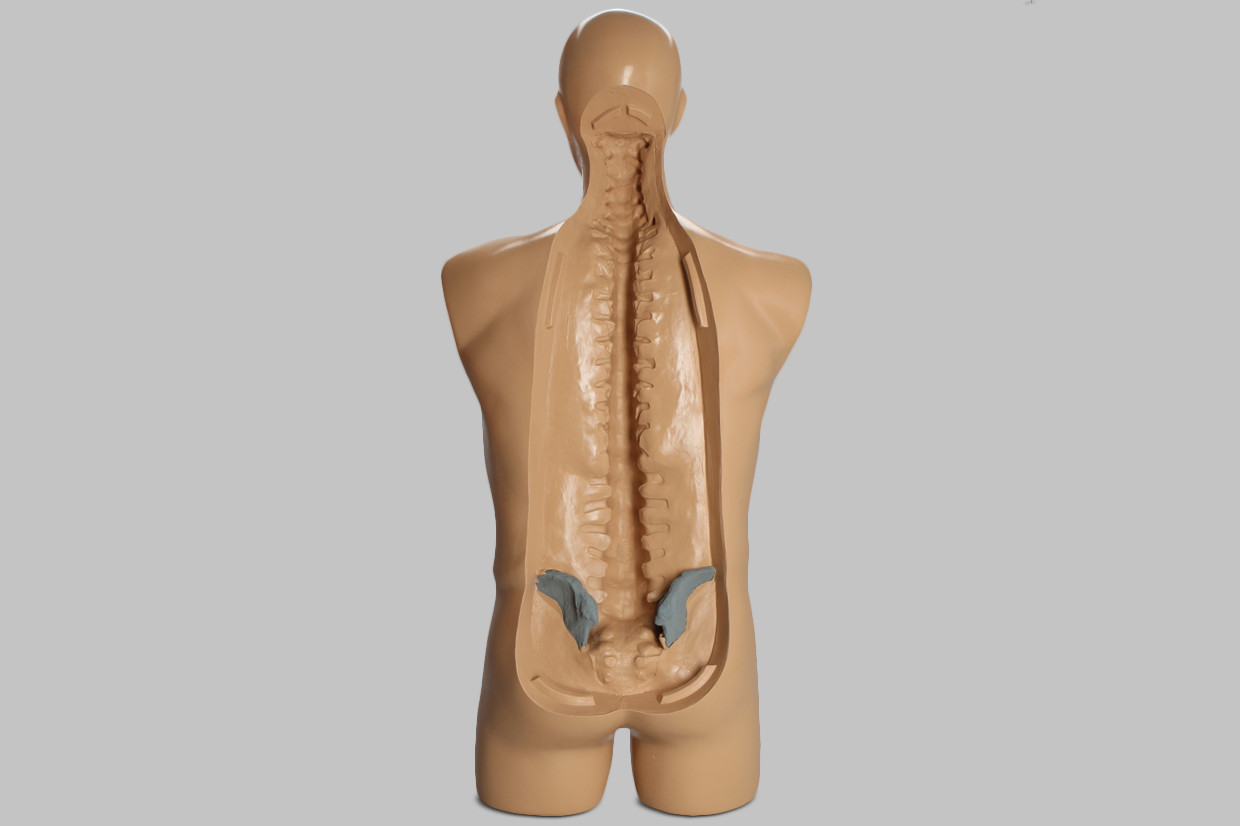BLOG
Thank You for a Great Year — Holiday Closure Notice
As the year winds down, all of us at Sawbones want to say a sincere thank you for your partnership and support. It’s a privilege to help you train, innovate, and care for patients, and we’re truly grateful you choose to work with us.
To give our team time to rest and celebrate with their families, our offices, manufacturing, and shipping will be closed from December 25 through January 1. We’ll return to normal business hours on January 2.
If you anticipate any urgent needs arou
…
Dec 17th 2025
First-Ever FDA Qualification of an Orthopedic Device Mechanical Test Under MDDT Program
In a groundbreaking advancement for the orthopedic device industry, Sawbones and Numalogics, Inc. are proud to announce that their jointly developed Finite Element Analysis (FEA) model for orthopedic screw pullout testing has received formal qualification from the United States Food and Drug Administration (FDA) through its Medical Device Development Tools (MDDT) program. This achievement marks the first-ever FDA qualification of a mechanical test for an orthopedic devic
…
May 22nd 2025
Transferring Arthroscopic Skills Simulator Training to Real Life Scenario
Developing arthroscopic skills can be far more complex than those required for open surgery, as the student must work in such an abstract way. For someone with only open experience, it's a complete shift from how they've worked in the past, and specialized tools and models are essential for accurate training. Arthroscopic skills simulators of varying complexities can help students adapt to this new way of operating.
Arthroscopic Skills Simulator Options
More than a few options are availabl
…
Apr 27th 2021
10 Medical Education Models Features To Best Fit Your Specialty
Specialist training produces experts who provide solutions. Where medical generalists rely on a broad knowledge to get the diagnosis and treatment process heading in the right direction, specialists must deliver answers, plans, and successful outcomes.
That responsibility is learned, but it takes precision guidance. Specialist students have to be given the right tools to expose them to the pressures, intricacies, and fragilities of delivering real-world outcomes.
As such, there are specific medi
…
Apr 22nd 2021
Training for Types of Bone Fractures Using Orthopaedic Models
Fractures are among the most common issues medical professionals will face. In some cases, they will need to treat them directly. In others, they will help their patients recover from their long-term effects. Educators need to slant their curriculum to their students' specialties and the common types of bone fractures they will likely see during their careers.
One issue that instructors will run into in training is that many orthopaedic doctors disagree on the standard grading scales for the sev
…
Apr 8th 2021
How Knee Arthroscopy Models Train New Techniques in ACL/PCL Procedures
Knee surgeries are among the most common procedures that orthopaedic and sports medicine specialists perform—over 750,000 arthroscopic knee surgeries occur every year. This isn't a surprise; injuries to this area can happen due to aging, accidents, or a combination of both.
Surgeons must learn to manage these conditions by using models covering all of the most common procedures and issues. Extensive training is required, especially as techniques grow more sophisticated. This is e
…
Mar 30th 2021
Articulating vs. Non Articulating Bone Models: Comparing the Benefits of Each
The choice between articulating vs. non-articulating bone models isn't one that gets a lot of discussion. Many instructors choose to work with what they have. However, by putting a little more thought into the process, they can enhance their lesson plans. No single design works for all purposes, so educators will likely need to invest in both types of medical training models.
A general rule of thumb is to align complexity with a student's level of training. Basic, less complex mo
…
Mar 11th 2021
Using Surgical Demonstration Models Will Change the Way You Teach (and How They Learn)
Surgical demonstration models are changing medical education by making it more accessible. In the past, student training options were limited. Their practical experience depended on unsophisticated models or hard-to-obtain cadavers. Today's surgical demonstration models are far more realistic, leading to more in-depth education.
Of course, it may be challenging to choose the right ones with so many options out there. While medical teachers may want to go to the more advanced, all-inclusive
…
Feb 23rd 2021
Best Suture Training Models for Teaching Multiple Techniques
The use of suture training models is an indispensable tool for teaching students or refreshing medical practitioners in the art of situational suturing. As a teaching tool, suture training models must mimic the most common suturing skills, such as the simple interrupted pattern or tension-relieving patterns. When practitioners use these skills in a clinical or emergency environment, they will have practical experience.
Preparing a successful practitioner requires the right set of sutur
…
Feb 11th 2021
Using Human Torso Anatomy Models in Medical Training
Human torso anatomy models are found in almost all forms of medical training. They are a lynchpin of the educational environment because they offer practical experience when materials are in short supply. Often, the only other option is human cadavers, and those are extremely difficult to obtain and certainly not for non-specialists.
Many procedures in the torso require repeated practice because precision is vital. Working around the spine is a high risk, so repeated practical training is
…
Jan 21st 2021






